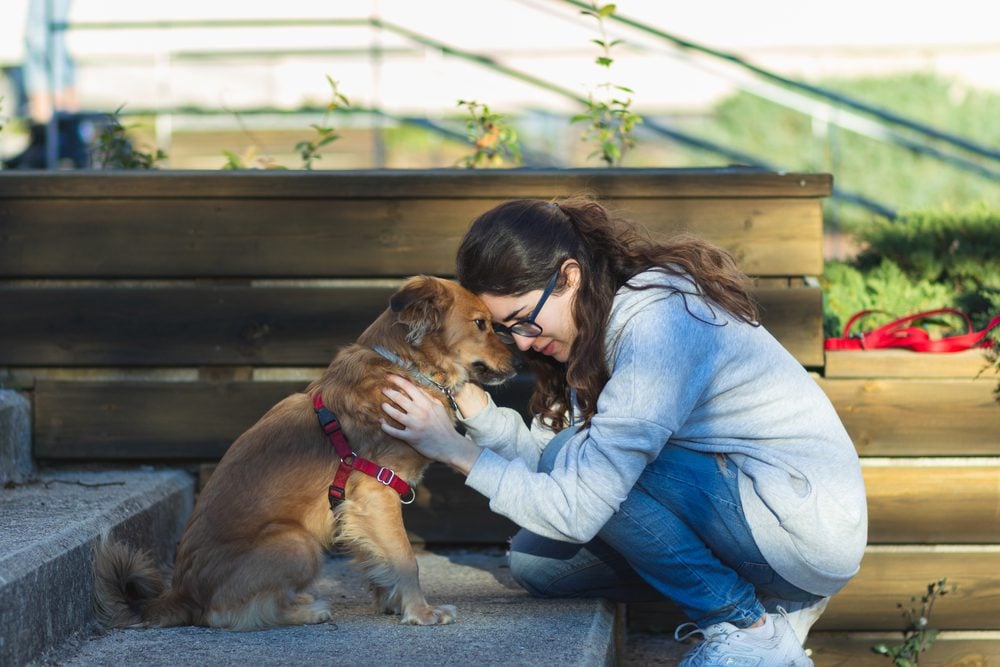
Understanding Dog Aggression Towards Other Dogs: Solutions Await
Share
For many health-conscious pet owners, ensuring your beloved canine's well-being extends beyond providing a balanced diet and regular exercise. One frequent challenge that disrupts the harmony within multi-dog households or even when encountering other dogs outside is dog aggression towards other dogs. If you've observed your furry friend behaving aggressively in such situations, you are not alone. Statistics indicate that a considerable number of dog owners face similar issues. And understanding and addressing this behavior is vital not just for the peace of mind but also for the welfare of your pet.
Let's delve into what causes dog aggression towards other dogs and explore methods to manage and potentially eradicate this concerning behavior.

Why Does It Happen?
Aggression in dogs can stem from a plethora of reasons. While some dogs are naturally more dominant, others might be reacting to fear or anxiety. Recognizing the cause is the first step in devising an effective strategy to tackle this challenge.
1. Territorial Instincts
Many dogs are inherently territorial. This is primarily a result of their ancestral roots as pack animals needing to defend their territory from intruders. A dog might lash out aggressively when another dog intrudes their space, especially within their home or yard. Learn more about such territorial behaviors at a comprehensive guide on stopping dog aggression.
2. Fear and Anxiety
Fear is a powerful emotion even in the canine world. When a dog feels threatened or afraid, aggression can manifest as a defense mechanism. Signs such as excessive barking, lunging, or growling at other dogs can indicate underlying fear driving the aggression.
Training Techniques to Manage Aggression
Addressing dog aggression towards other dogs often requires patience, understanding, and consistency. Training and behavioral modification strategies are key. Here are some expert-backed methods to manage and reduce such aggression:
Gradual Socialization
Introducing your dog to other dogs gradually, in controlled environments, can help them adjust over time. Start by allowing your pet to observe other dogs from a safe distance, progressively reducing the distance as they become more comfortable.
Positive Reinforcement
Rewarding your dog for calm and non-aggressive behavior is a powerful tool in behavioral training. When they encounter another dog without showing aggression, ensure to offer treats, praises, or their favorite toy.
Enlist Professional Help
At times, despite your best efforts, professional intervention is warranted. A certified dog trainer or a behaviorist can offer insights and tailored strategies that specifically address your dogs aggressive tendencies. For tips on locating a qualified trainer, consider reviewing these training tips provided by experts.
Seeking Medical Causes
Its essential to not overlook possible health issues as a source of aggression. Pain or discomfort due to medical conditions like arthritis or neurological issues can lead to aggressive behavior. Regular veterinary check-ups can help unearth these hidden aspects.
Preventive Measures and Building a Safe Environment
Proactive approaches ensure fewer chances of aggression. Stress management, mental stimulation, and creating a secure environment can immensely benefit in preventing aggressive behavior.
Stress Management
Stress can exacerbate aggressive behavior. Techniques such as providing comforting spaces, using calming supplements, and maintaining a routine can help in minimizing stress levels in dogs.
Mental Stimulation
Engaging your dog in activities that challenge and satisfy their mental needs can lower aggression. Puzzle feeders, agility courses, and regular playtimes can provide necessary mental exercise.
Secure Environment
Creating a setting where your dog feels safe is crucial. Ensure they have access to their safe space in your home and are introduced to new environments gradually and positively.
For more guidance on fostering a nurturing environment for your pet, check out useful information on dog aggression training.
FAQ Section
How can I identify the reason behind my dog's aggression?
Observe your dogs interactions diligently. Take note of triggers, such as specific environments, types of dogs, or situations. Consulting with a professional can pinpoint underlying causes effectively.
Is aggression more common in specific breeds?
While all breeds can display aggression, some may have a genetic predisposition. However, each dog is unique, and upbringing, socialization, and health play significant roles.
What should I do if my dog attacks another dog?
Stay calm and attempt to separate the dogs safely. Avoid physical intervention with bare hands. Seek medical attention if injuries occur and consult a trainer to prevent future incidents.

Conclusion
Tackling the issue of dog aggression towards other dogs requires commitment and understanding. With the right approach, stemming from empathy and the right knowledge, creating harmonious interactions for your furry friends is attainable. For more ways to ensure your dog thrives healthily, delve into detailed dog care tips.
This article contains affiliate links. We may earn a commission at no extra cost to you.
